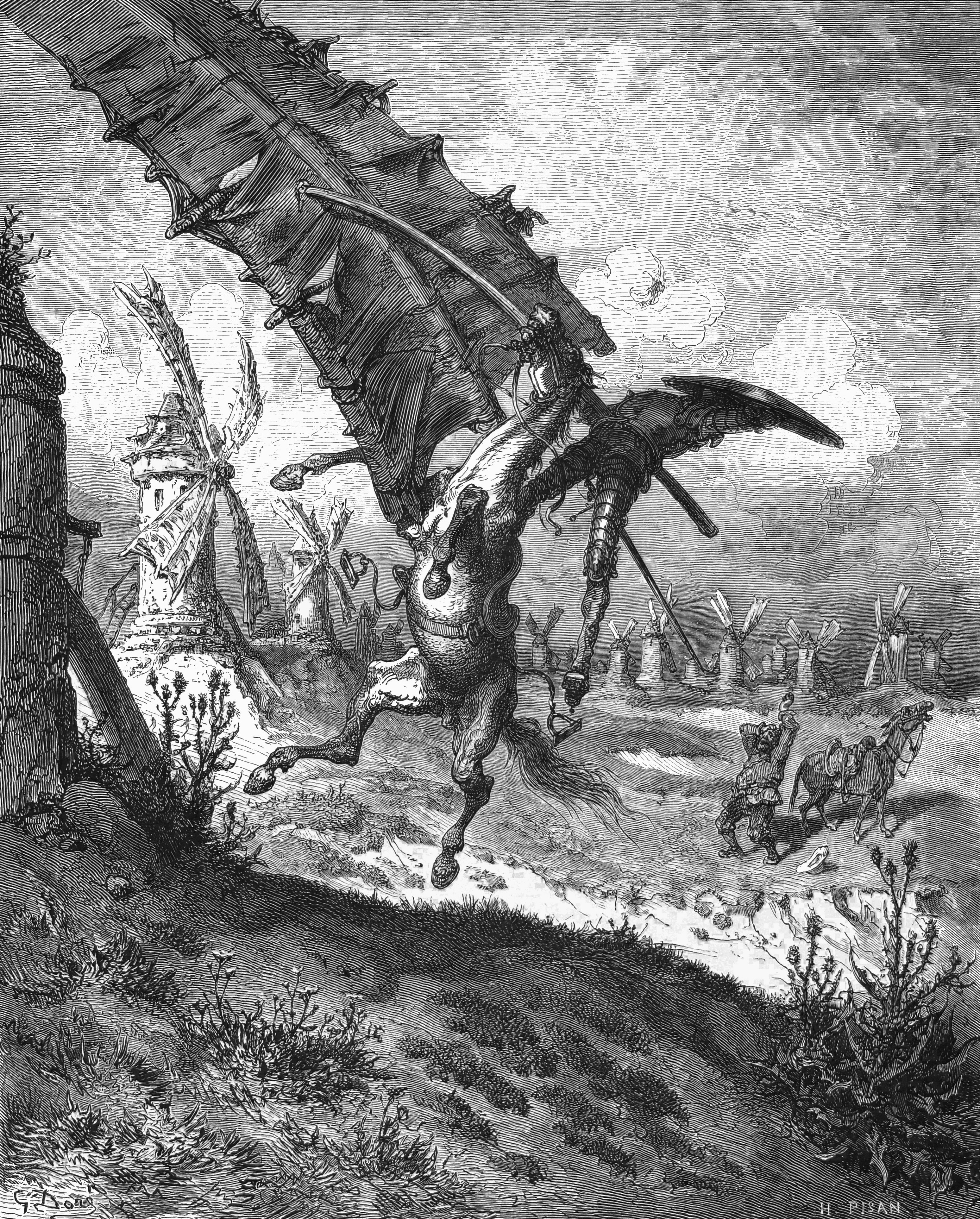|
Dulcibella
''Dulcibella camanchaca'' is a species of amphipod in the monotypic genus ''Dulcibella''. The species inhabits the Atacama Trench, and is found at depths of nearly in the South Pacific Ocean near Chile; this makes it one of the deepest-living predators identified to date, being well adapted to the extreme conditions of the hadal zone. Discovery The species was first observed during a 2023 oceanographic expedition, in the process of installing the Integrated Deep-Ocean Observing System (IDOOS), a network of sensors designed to aid scientific research within the Atacama Trench. The research team used benthic landers to collect specimens from depths nearing 8,000 meters, and four specimens were used to describe the species. ''Dulcibella camanchaca'' was formally described in 2024 by marine biologists Johanna Weston and Carolina González; the identification of ''D. camanchaca'' as a new species was confirmed through DNA analysis and detailed morphological examination. This dis ... [...More Info...] [...Related Items...] OR: [Wikipedia] [Google] [Baidu] |
Don Quixote
, the full title being ''The Ingenious Gentleman Don Quixote of La Mancha'', is a Spanish novel by Miguel de Cervantes. Originally published in two parts in 1605 and 1615, the novel is considered a founding work of Western literature and is often said to be the first modern novel. The novel has been labelled by many well-known authors as the "best novel of all time" and the "best and most central work in world literature". ''Don Quixote'' is also one of the List of literary works by number of translations, most-translated books in the world and one of the List of best-selling books, best-selling novels of all time. The plot revolves around the adventures of a member of the lowest nobility, an Hidalgo (nobility), hidalgo from La Mancha named Alonso Quijano, who reads so many chivalric romances that he loses his mind and decides to become a knight-errant () to revive chivalry and serve his nation, under the name . He recruits as his squire a simple farm labourer, Sancho Panza, wh ... [...More Info...] [...Related Items...] OR: [Wikipedia] [Google] [Baidu] |
Holotype
A holotype (Latin: ''holotypus'') is a single physical example (or illustration) of an organism used when the species (or lower-ranked taxon) was formally described. It is either the single such physical example (or illustration) or one of several examples, but explicitly designated as the holotype. Under the International Code of Zoological Nomenclature (ICZN), a holotype is one of several kinds of name-bearing types. In the International Code of Nomenclature for algae, fungi, and plants (ICN) and ICZN, the definitions of types are similar in intent but not identical in terminology or underlying concept. For example, the holotype for the butterfly '' Plebejus idas longinus'' is a preserved specimen of that subspecies, held by the Museum of Comparative Zoology at Harvard University. In botany and mycology, an isotype is a duplicate of the holotype, generally pieces from the same individual plant or samples from the same genetic individual. A holotype is not necessarily "ty ... [...More Info...] [...Related Items...] OR: [Wikipedia] [Google] [Baidu] |
Oceanography
Oceanography (), also known as oceanology, sea science, ocean science, and marine science, is the scientific study of the ocean, including its physics, chemistry, biology, and geology. It is an Earth science, which covers a wide range of topics, including ocean currents, waves, and geophysical fluid dynamics; fluxes of various chemical substances and physical properties within the ocean and across its boundaries; ecosystem dynamics; and plate tectonics and seabed geology. Oceanographers draw upon a wide range of disciplines to deepen their understanding of the world’s oceans, incorporating insights from astronomy, biology, chemistry, geography, geology, hydrology, meteorology and physics. History Early history Humans first acquired knowledge of the waves and currents of the seas and oceans in pre-historic times. Observations on tides were recorded by Aristotle and Strabo in 384–322 BC. Early exploration of the oceans was primarily for cartography and mainly ... [...More Info...] [...Related Items...] OR: [Wikipedia] [Google] [Baidu] |
Predatory Behavior
Predation is a biological interaction in which one organism, the predator, kills and eats another organism, its prey. It is one of a family of common feeding behaviours that includes parasitism and micropredation (which usually do not kill the host) and parasitoidism (which always does, eventually). It is distinct from scavenging on dead prey, though many predators also scavenge; it overlaps with herbivory, as seed predators and destructive frugivores are predators. Predation behavior varies significantly depending on the organism. Many predators, especially carnivores, have evolved distinct hunting strategies. Pursuit predation involves the active search for and pursuit of prey, whilst ambush predators instead wait for prey to present an opportunity for capture, and often use stealth or aggressive mimicry. Other predators are opportunistic or omnivorous and only practice predation occasionally. Most obligate carnivores are specialized for hunting. They may have acute se ... [...More Info...] [...Related Items...] OR: [Wikipedia] [Google] [Baidu] |

